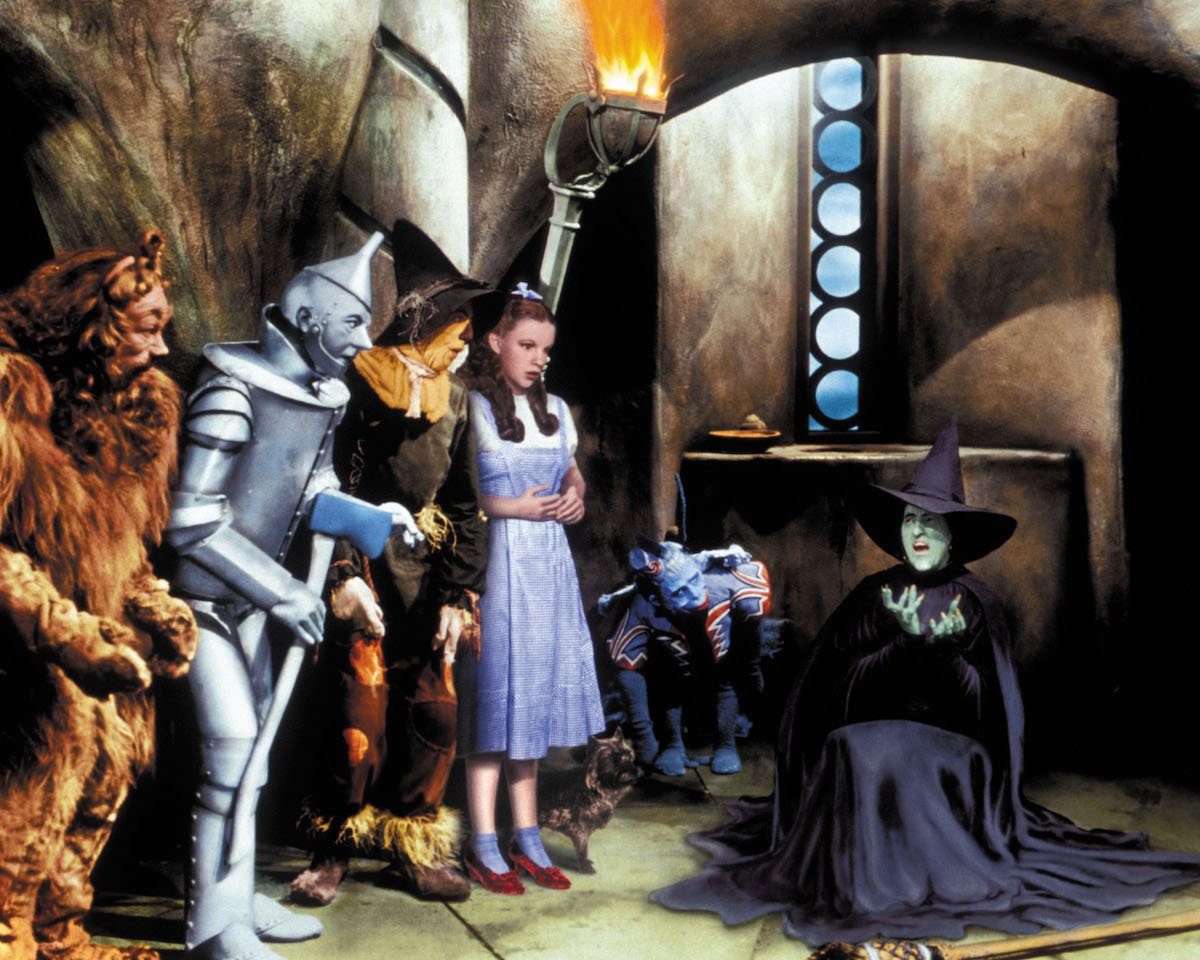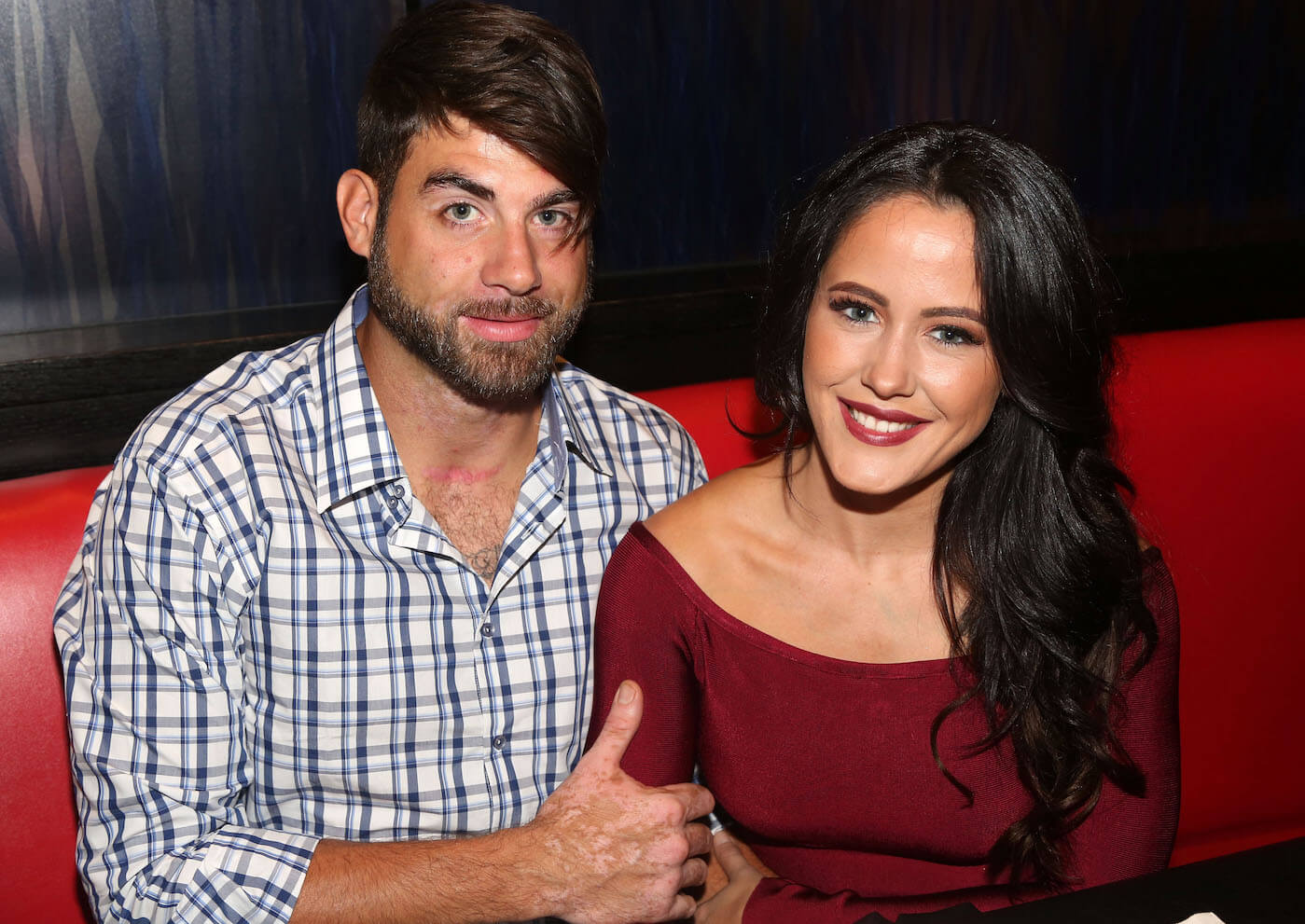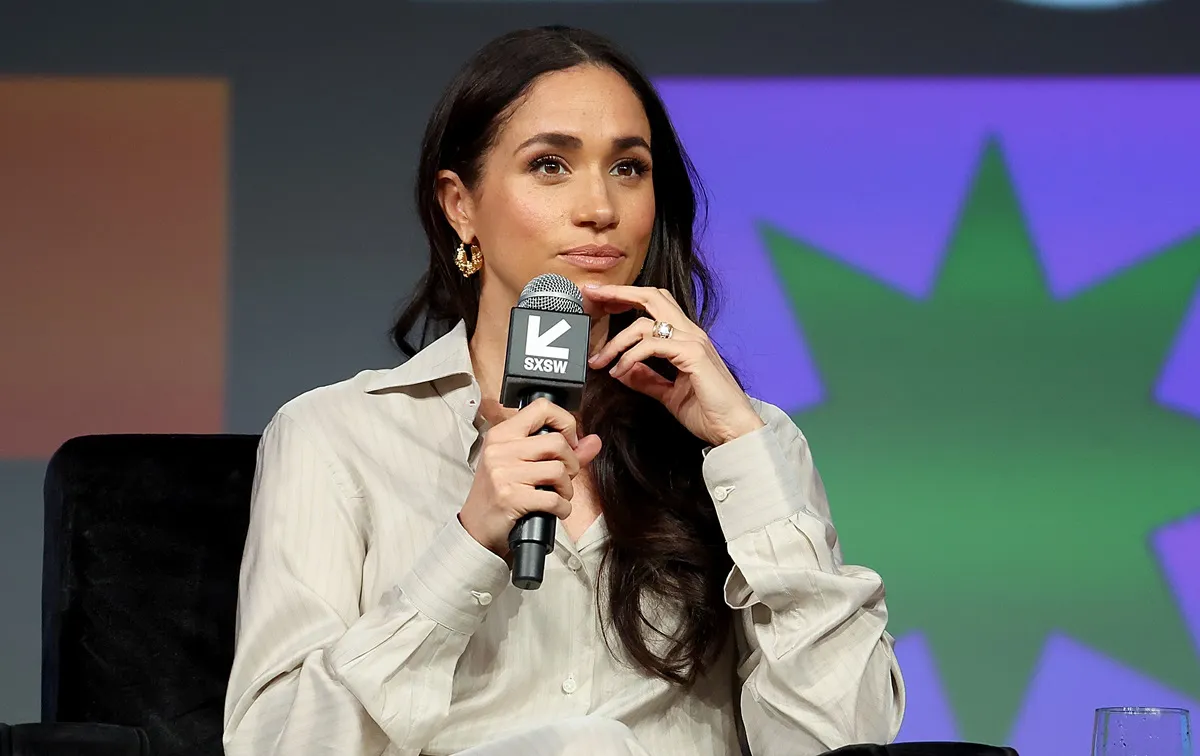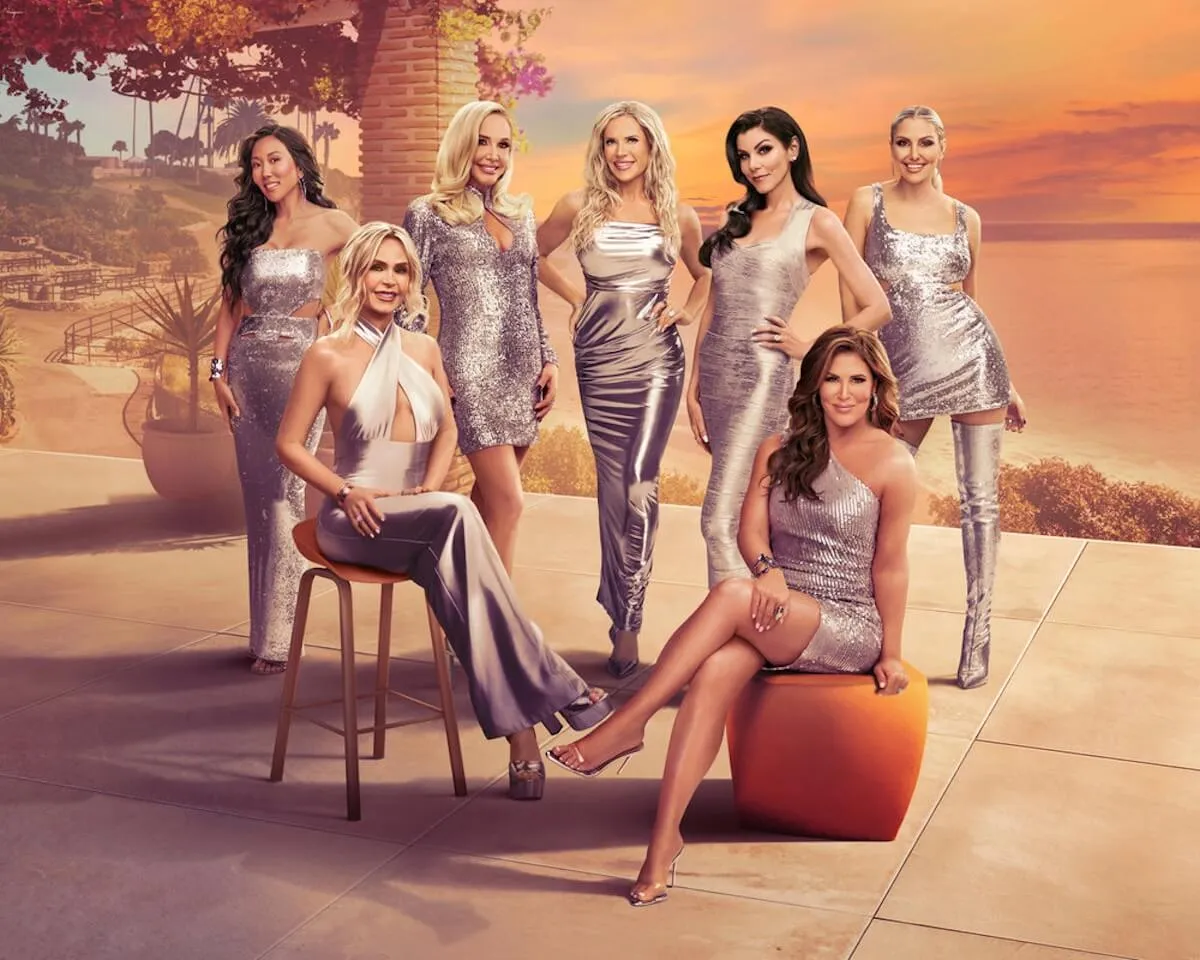‘The Wizard of Oz’: Dark Secrets Behind the Making of the Hollywood Classic
The making of The Wizard of Oz has become almost as legendary as the movie itself. Few movies enjoy the cult status and enduring popularity of The Wizard of Oz. The 1939 American musical fantasy by Metro-Goldwyn-Mayer is one of cinema’s greatest masterpieces. However, when it came to creating the film, everything wasn’t rainbows and poppy fields for the Wizard of Oz cast and crew.
The story behind the making of The Wizard of Oz is almost as fantastical as the movie. From shocking behind-the-scenes mistreatment of actors to rumored suicides, here is everything you never knew about the making of The Wizard of Oz, including what happened to the famous ruby slippers.
1. ‘The Wizard of Oz’ might have been cursed

Was The Wizard of Oz cursed? Hollywood studios seemed to think so.
Though the 1939 version of the film is undoubtedly the best known, it wasn’t the first attempt at bringing Frank Baum’s novel, The Wonderful Wizard of Oz, to the screen. A vaudeville-style musical came out in 1902, and a silent movie version debuted in 1910. An adaptation centering on the scarecrow as the main character in 1925 was a box office flop that plunged one Hollywood studio into bankruptcy.
2. Wearing the costumes was pure torture for ‘The Wizard of Oz’ cast
The Wizard of Oz cast had to endure utter torture to wear their costumes.
For starters, Bert Lahr’s Cowardly Lion costume was made from an actual lion hide and weighed about 90 pounds. It didn’t allow much ventilation, so Lahr was constantly sweating during filming. It got so bad that it took two assistants to dry out the costume every night.
Meanwhile, Buddy Ebsen’s Tin Man suit was metal, so he couldn’t even sit down in it. When he got tired, the poor guy had to lean against a board. He also had a violent reaction to his makeup that put him in the hospital. It turns out it was aluminum poisoning due to inhaling the metallic powder applied to his face every day. The incident forced MGM to recast his part to Jack Haley, who played the Tin Man in the movie.
3. The movie went through 4 directors
By the time filming ended, The Wizard of Oz had gone through four directors.
Richard Thorpe, the first director, insisted Judy Garland wear a blond wig and thick makeup to depict Dorothy. When Buddy Epsen got sick from his Tin Man makeup and filming shut down for two weeks, the studio fired Thorpe and replaced him with George Cukor of My Fair Lady fame. The new director encouraged Garland to wear natural makeup and play Dorothy less cartoonish and more natural.
But later, Cukor left the film to work on Gone With the Wind, and Victor Fleming took his place. However, Cukor returned a few weeks later after Gone With the Wind star Clark Gable got the director fired (reportedly for being homosexual).
Yet another director, King Vidor, was responsible for most of the sepia sequences in The Wizard of Oz and helped Mervyn LeRoy with editing in postproduction.
4. Judy Garland got slapped in the face
While filming the famous slap scene between Dorothy and the Cowardly Lion, Garland couldn’t stop giggling, according to Michael Sragow’s book Victor Fleming: An American Movie Master.
After several ruined takes, director Viktor Fleming took the teenage Garland aside, slapped her across the face, and told her to “go in there and work.”
The next time she attempted the scene, she performed it flawlessly (without giggling).
5. Garland might have been molested by Munchkins
Did Munchkins molest Judy Garland? Her ex-husband claims she was.
Sid Luft was married to Garland from 1952 to 1965. According to his memoir, Judy and I: My Life With Judy Garland, the actors who played the Munchkins touched her inappropriately without her consent.
“They would make Judy’s life miserable on set by putting their hands under her dress,” he wrote. “The men were 40 or more years old.”
6. Audiences thought the Wicked Witch of the West actor was really evil
Not only did viewers think former kindergarten teacher Margaret Hamilton was evil following the first airing of The Wizard of Oz, but she also suffered physically for the role.
Hamilton received second- and third-degree burns all over her body when the green copper makeup she was wearing got too hot during the fire scene.
In addition, her stunt double spent months in the hospital after a prop broom exploded. Producers used a double because Hamilton had sustained an injury during an earlier take.
7. It took plenty of courage to portray the Cowardly Lion
Bert Lahr wasn’t allowed to eat while in makeup because it was difficult to apply. At first, he tried to remain agreeable by surviving on milkshakes and soup so that he wouldn’t ruin his makeup.
But when filming the movie wore on for years, he put his foot down and requested a makeup redo after lunch.
8. Editors almost cut the song ‘Over the Rainbow’
Producers almost cut “Over the Rainbow” because they thought it was too slow and long for younger kids to enjoy. Plus, studio head Louis B. Mayer thought the song was too depressing.
Ultimately, they decided to leave it in the movie when one producer and assistant producer threatened to quit if it was cut.
9. ‘The Wizard of Oz’ barely broke even at the box office
Legend holds that The Wizard of Oz was a box office flop. The truth is a little more complicated.
The movie brought in about $3 million during its time in theaters, making it a great success. However, the high cost of production, including technical demands, cast changes, director shifts, and wrecked Technicolor film, made the movie barely break even.
It was also pulled from theaters faster than competing titles like Gone With the Wind, which continued showing for several years.
10. Making a ‘Wizard of Oz’ sequel was too complicated
Studio executives wanted a sequel, but it didn’t happen for several reasons. First, Garland’s performance put her at the top of every casting list, and she got tied up in projects for years following the release of The Wizard of Oz.
Also, the cost of producing the film, including all the snafus along the way, made it hard to get the next project approved.
The Wizard of Oz didn’t get a proper sequel until Disney took on the project with Return to Oz in 1985.
11. No, a Munchkin did not die by suicide on set
Have you heard the story about a Munchkin hanging himself in one scene, which viewers can see if they look closely? Well, that rumor is false.
The scene in question happens after Dorothy and Scarecrow attempt to pick apples and encounter the Tin Man. The trio heads down the Yellow Brick Road, and a dark shadow in the distance supposedly resembles a person hanging. But it wasn’t a suicide caught on film — it was a bird.
To make the movie set appear more representative of an outdoor setting, the studio brought in live birds to wander around the set. The shadowy figure is actually a bird spreading its wings, not a Munchkin ending his life.
12. A set designer took home the famous ruby slippers — for free
Kurt Warner was a set designer and wardrobe assistant in Hollywood in the 1970s. When MGM needed to clean out its warehouses, it enlisted Warner to help, offering him whatever costume pieces he wanted for free.
Among the items he took? Scarlett O’Hara’s dress, Humphrey Bogart’s trenchcoat, and a few pairs of ruby slippers.
Today, Dorothy’s red shoes are worth an estimated $2 million to $7 million. One pair used in the film remains on view at the Smithsonian’s National Museum of American History.
13. Shirley Temple almost played Dorothy in ‘The Wizard of Oz’
Some sources claim MGM wanted Shirley Temple to play Dorothy, but the truth is that the studio always had Judy Garland as their top choice. They considered Temple because of her proven success but ultimately chose Garland thanks to her vocal range and obvious talent.
14. The Wicked Witch of the West was much younger than Glinda
Glinda was depicted as young and beautiful, while the Wicked Witch of the West, played by Margaret Hamilton, was made to look like a creepy old hag.
The weird thing is that Hamilton was only 36 while filming. But Billie Burke, who played Glinda, was 54.
15. The Scarecrow costume left Ray Bolger with serious scars
Stage makeup and prosthetics in 1939 were nowhere near what they are today. Ray Bolger’s Scarecrow makeup left deep marks in his skin that didn’t disappear for more than a year after filming wrapped. Luckily, that would never happen today.
16. Toto got paid more than most Munchkins
Terry the Cairn terrier catapulted to fame following her walk down the Yellow Brick Road. One controversial fact? The dog that played Toto made about $125 per week working in the movie, which was more than some of the human Munchkin actors got paid, The Vintage News reported.
Still, it wasn’t an easy gig. Terry had to take a few days off after someone accidentally stepped on her foot.
17. ‘The Wizard of Oz’ cost millions of dollars to make
It was one of the most expensive movies made to date, rivaling the type of budget that today’s CGI fantasy films command. There had never before been so much money thrown at special effects, makeup, costumes, reshoots, rehearsals, and extended production times in Hollywood history.
All told, The Wizard of Oz cost a whopping $3 million to create.
18. It was one of the only films to air on TV every year
The movie became incredibly popular once it got aired on television.
By this point, it had earned a respectable amount at the box office and had won a few Oscars. But it wasn’t until The Wizard of Oz came into people’s homes that it became the cult classic it is today.
Annual broadcasts of films were rare at the time, but the movie remained such a ratings juggernaut that TV stations kept airing it. At one point, 50% of all TV viewers were watching The Wizard of Oz.
19. ‘The Wizard of Oz’ killed Judy Garland
Garland died of a drug overdose in 1969 — and she can blame The Wizard of Oz for it.
Because Dorothy was supposed to be a prepubescent girl but Garland was already 16 when filming began, studio execs decided to force Garland to wear a tight corset to conceal her womanly figure.
She was also prescribed amphetamines to keep her weight down and then barbiturates to help her sleep after grueling 16-hour workdays.
Sadly, this first foray into drug use affected Garland for the rest of her life — and eventually killed her.
20. The Wicked Witch of the West is scarier than you think
Margaret Hamilton tolerated plenty of torture for nothing. Besides enduring the toxic copper face paint burning her skin and the residual fear and hate from audiences, the Wicked Witch of the West actor also saw many of her scenes cut from the movie because they were deemed “too scary for children.”
21. Glinda’s dressing room was seriously enviable
Glinda didn’t just get to portray the more beautiful witch. She also got a better dressing room.
The Wicked Witch of the West actor, Margaret Hamilton, admitted that on filming days when Billie Burke wasn’t around, she used to sneak into her dressing room to have lunch.
“She had a pink and blue dressing room,” Hamilton explained in Aljean Harmetz’s book The Making of The Wizard of Oz. “With pink and blue powder puffs and pink and blue bottles filled with powder and baby oil. And pink and blue peppermints.”
Meanwhile, Hamilton described her canvas tent dressing room as “simply awful.”
22. Dorothy’s slippers were almost silver
In The Wonderful Wizard of Oz book, Dorothy’s slippers were silver, which the studio had planned for Judy Garland’s wardrobe. But producers made the change because MGM studio head Louis B. Mayer wanted to show off the new Technicolor, Good Housekeeping reported.
23. Disney’s ‘Snow White’ inspired ‘The Wizard of Oz’
Snow White and the Seven Dwarfs premiered in 1937 with smashing success. That’s one of the main reasons MGM exec Louis B. Mayer was sure The Wizard of Oz would have similar results.
The film took many cues from the Disney movie. First, the original Wicked Witch was supposed to be played similarly to the evil stepmother from Snow White. Actor Gail Sondergaard read for the part intending to portray a sexy, beautiful villain, which is why the studio ultimately went in another direction.
Still, the lasting impact of Snow White‘s influence can be heard during the Tin Man’s song “If I Only Had a Heart.” When you listen to the line, “Wherefore art thou, Romeo?” you can hear Adriana Caselotti — the voice of Snow White.
24. The horses in ‘The Wizard of Oz’ got their color from Jell-O
Remember the color-changing horses during the “Horse-of-a-Different-Color” scenes? Those weren’t special effects. Makeup artists changed the horses’ color using powdered Jell-O gelatin.
Multiple Emerald City horses wore Jell-O crystals to achieve their rainbow hues. The crew had to shoot those scenes quickly before the horses licked off the sugary powder.
25. ‘The Wonderful Wizard of Oz’ book is much gorier than the movie
The Wonderful Wizard of Oz book is more graphic and gorier than the film. For example, the book describes a scene where tiger-bear hybrids are killed in a crevasse. Also, Tin Man uses his ax to decapitate a wildcat and 40 wolves. And a swarm of bumblebees dies while trying to sting Dorothy and the others.
26. Bert Lahr performed vaudeville before joining ‘The Wizard of Oz’ cast
It makes sense why the Lion has two musical numbers. Bert Lahr was a vaudeville performer and Broadway star.
Both “If I Were King of the Forest” and “If I Only Had the Nerve” were written for him by Yip Harburg and Harold Arlen, who had created Broadway numbers for the actor in the past.
27. The principal actors were close off the set
The Wizard of Oz cast members weren’t just pretending to be friends on camera. The four main actors were really close.
Jack Haley was the godfather of Bert Lahr’s son John. Judy Garland’s daughter, Liza Minnelli, married Haley’s son. And Ray Bolger gave the eulogy at Margaret Hamilton’s funeral.
28. The four stars almost danced the jitterbug
Deleted scenes are nothing new in movies, but this one could have made The Wizard of Oz much different.
A flying insect called “The Jitterbug” was supposed to attack Dorothy, Scarecrow, Tin Man, and Cowardly Lion. The bug would then make the four dance and sing.
However, producers cut the scene to prevent the film from becoming dated too quickly.
29. Judy Garland earned much less than her co-stars
Talk about a wage gap. Though Dorothy is the film’s star, Judy Garland earned only about $500 per week playing the part.
Meanwhile, Ray Bolger (Scarecrow) and Jack Haley (Tin Man) earned the most, bringing home about $3,000 per week.
30. The actor who portrayed the Great and Powerful Oz also played other roles in the movie
Actor Frank Morgan didn’t play only one role in The Wizard of Oz. He played five.
Not only did he depict the Great and Powerful Oz, but he also portrayed the fortunetelling professor at the beginning, the cabby driving the Horse-of-a-Different-Color carriage, a guard at the wizard’s palace, and the doorkeeper at the palace.
31. Judy Garland’s ‘The Wizard of Oz’ diet included black coffee and cigarettes
In addition to wearing a corset, Garland followed a horrible diet to keep her childlike figure while filming The Wizard of Oz. MGM studio head Louis B. Mayer banned her from consuming much beyond black coffee, chicken soup, and cottage cheese. She also smoked up to 80 cigarettes daily to suppress her appetite.
32. Temperatures on the set often soared past 100 degrees
According to Good Housekeeping, the Technicolor process in the 1930s required more light than a typical production. Add blaring-hot lights to stifling costumes and makeup, and it’s a wonder the actors didn’t pass out from heatstroke.


